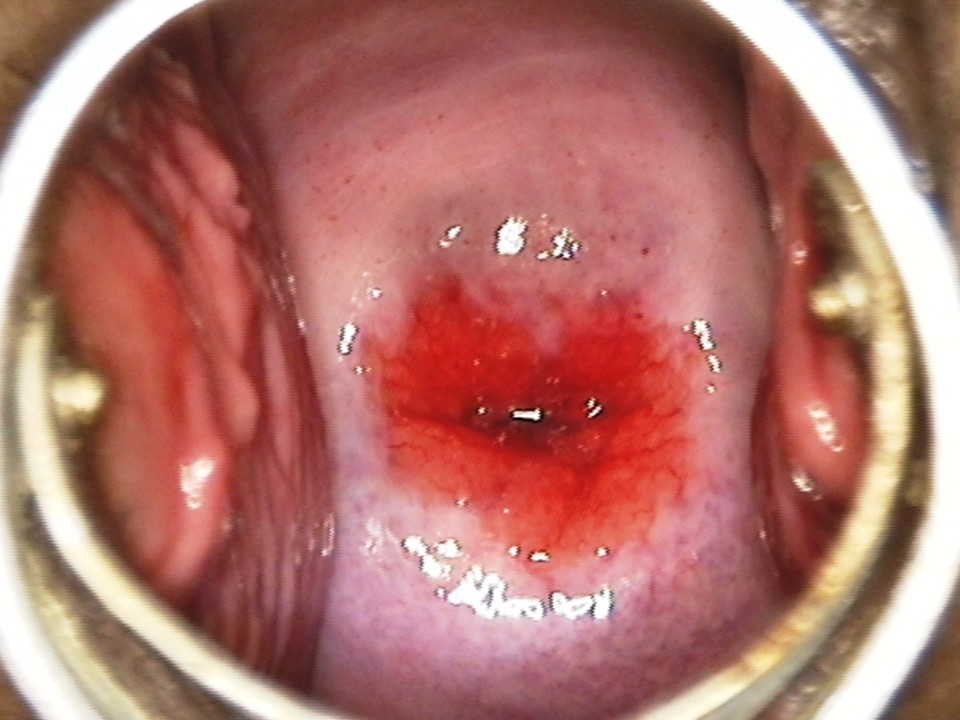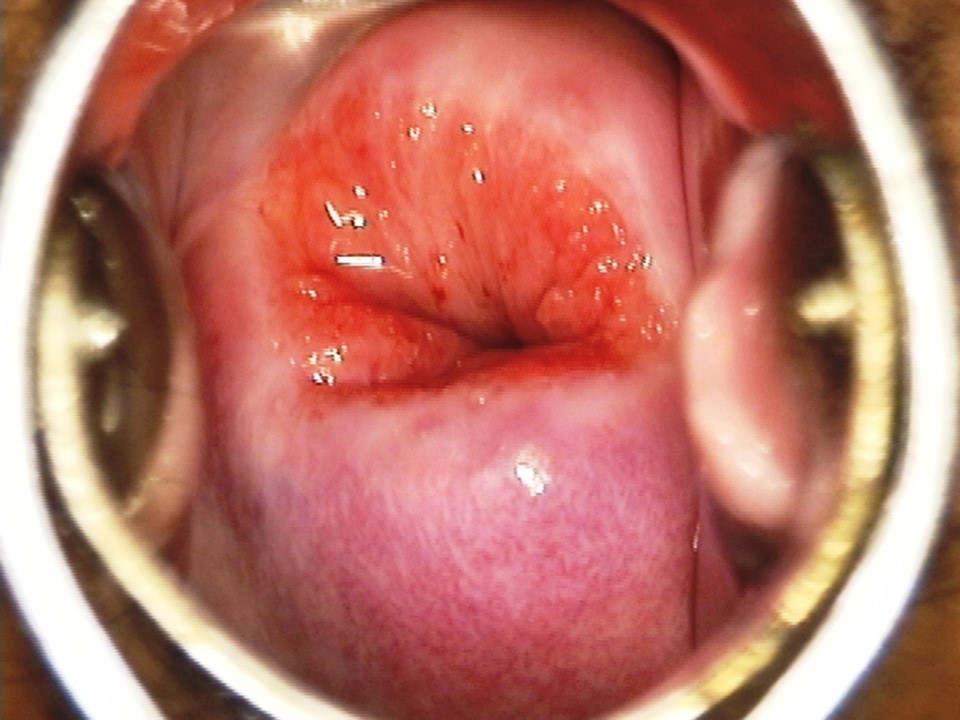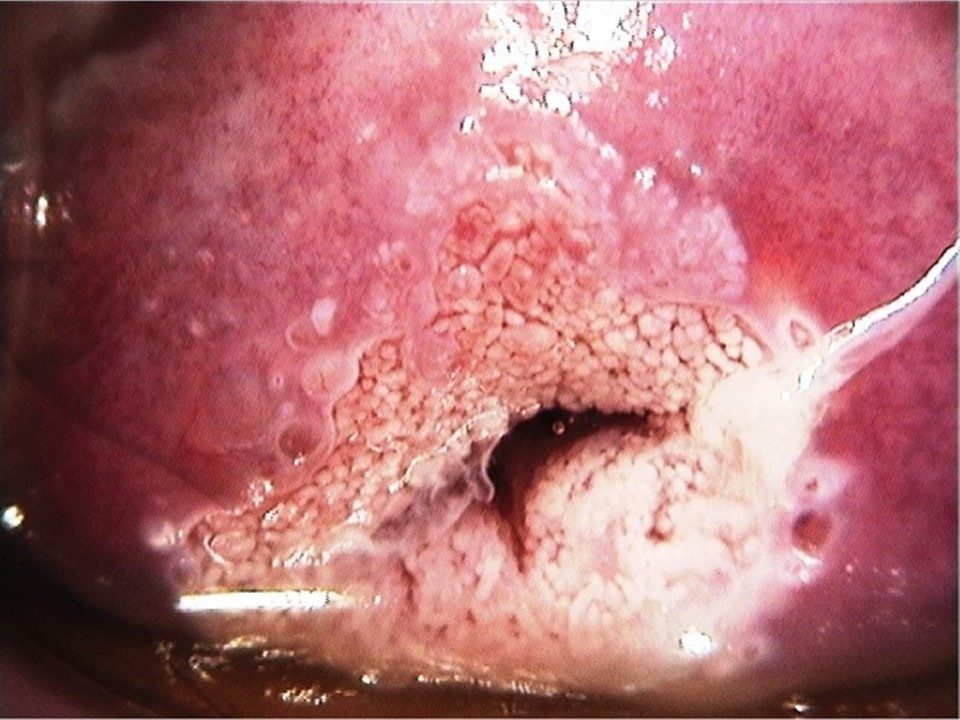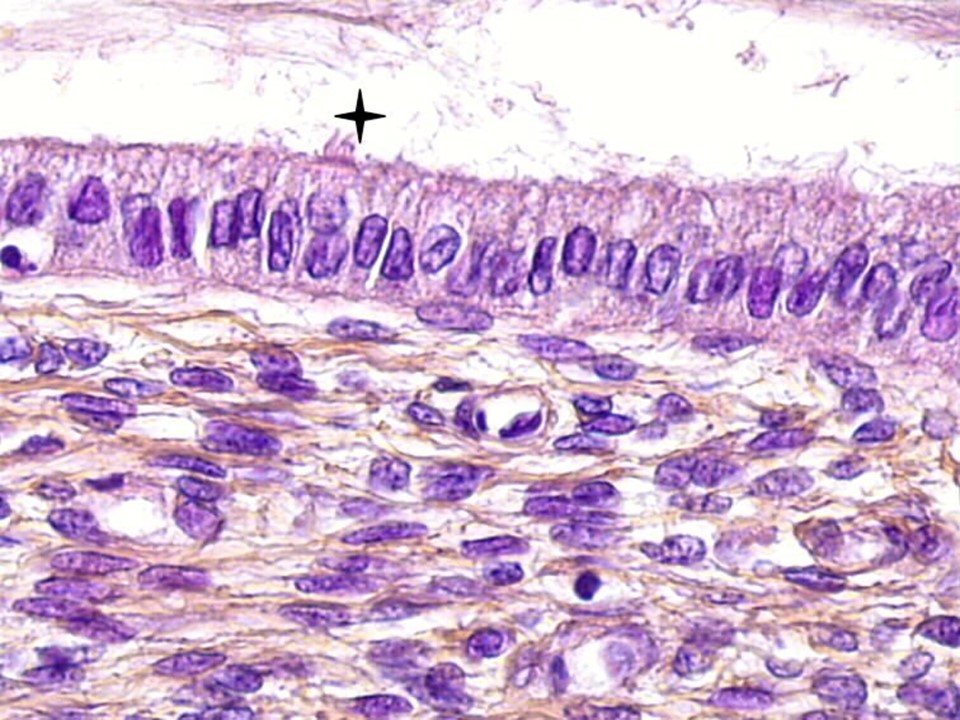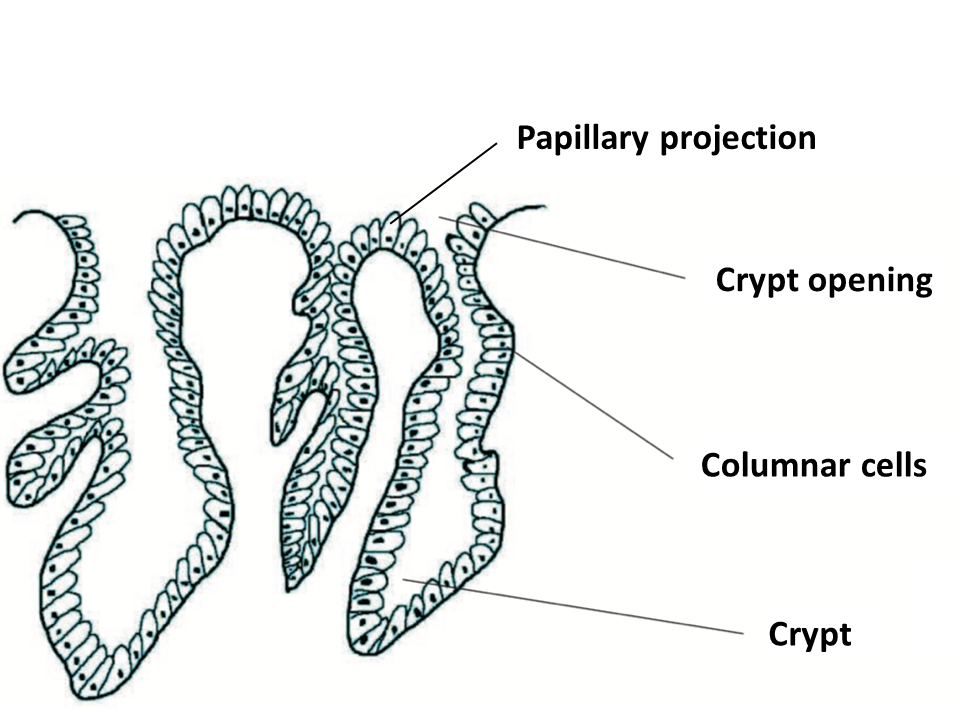Introduction
Different approaches to screening and treatment of cervical precancer
Anatomical considerations
Physiological changes of the cervical epithelium
Neoplastic changes of the cervical epithelium
HPV tests – Variation between tests
Instruments, consumables, and setup required
Procedure to collect samples for HPV testing
Interpretation of HPV test results
Management of women with a positive HPV test result
Treatment of cervical intraepithelial neoplasia – principles
Steps to determine eligibility for ablative treatment
Role of Lugol’s iodine in identifying the transformation zone for treatment
Treatment by cryotherapy
Treatment by thermal ablation
Using an HPV test as the test of cure in women treated for cervical abnormalities or cervical intraepithelial neoplasia (CIN)
Infection prevention
Case studies
VIA triage outcome (applicable in screen-and-treat setting only) – negative cases
VIA triage outcome – positive cases
VIA triage outcome – suspicious of cancer cases
Foreword
Acknowledgement
Authors
Suggested citation
Copyright
Home / Training / Manuals / Using HPV tests for cervical cancer screening and managing HPV-positive women – a practical online guide / Learning
Using HPV tests for cervical cancer screening and managing HPV-positive women – a practical online guide
Filter by language: English / Français / EspañolAnatomical considerations – Columnar epithelium | Click on the pictures to magnify and display the legends |
Naked-eye appearance of columnar epithelium On visual examination, the columnar epithelium is the most easily identifiable feature of the cervix. Because it is composed of only a single layer of cells, the blood vessels and stroma underneath are easily visible and give the endocervix a redder appearance. Light from the underlying cervical stroma is easily reflected through the thin epithelium, thus making the columnar epithelium appear strikingly red. The epithelium has a granular, velvet-like appearance because of the presence of papillary (finger-like) projections. Microscopic features of columnar epithelium The columnar epithelium is composed of a single layer of tall columnar cells that secrete mucin, which helps in the lubrication of the cervix and the vagina. The nucleus of each columnar cell is located close to the basement membrane. The columnar epithelium does not form a flat surface but is thrown into multiple folds in the lumen of the endocervical canal, giving rise to finger-like projections. These projections are called villi (singular-villus). The epithelium forms several invaginations into the cervical stroma, forming endocervical crypts. The depth of the crypts is 3–5 mm from the surface. The crypts are also known as glands. They open to the surface of the epithelium to discharge mucin, and the openings are called crypt openings. The next section discusses the squamocolumnar junction, a very important landmark on the cervix. |
IARC, 150 Cours Albert Thomas, 69372 Lyon CEDEX 08, France - Tel: +33 (0)4 72 73 84 85 - Fax: +33 (0)4 72 73 85 75
© IARC 2025 - All Rights Reserved.
© IARC 2025 - All Rights Reserved.




